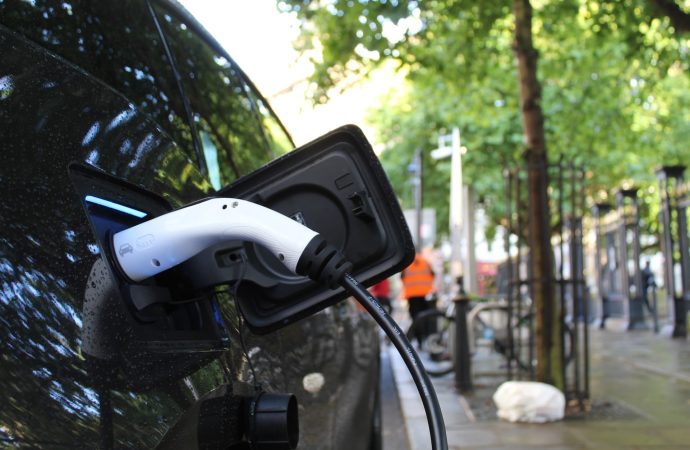As the world moves towards cleaner and greener transportation, electric vehicles (EVs) have become an increasingly popular option for environmentally conscious consumers. In the United States, the federal government has been incentivizing the purchase of EVs with a tax credit program since 2008. However, this program has a limited lifespan, and for some models, time
As the world moves towards cleaner and greener transportation, electric vehicles (EVs) have become an increasingly popular option for environmentally conscious consumers. In the United States, the federal government has been incentivizing the purchase of EVs with a tax credit program since 2008. However, this program has a limited lifespan, and for some models, time is running out.
The tax credit program offers a monetary incentive to buyers of new electric vehicles. The credit amount varies depending on the vehicle’s battery size and the manufacturer. For example, a Tesla Model S, which has a battery capacity of over 60 kilowatt-hours (kWh), was eligible for a $7,500 tax credit in 2021. However, as soon as a manufacturer sells 200,000 EVs, the tax credit starts to phase out. This means that for Tesla, the credit amount started to decrease in 2019, and as of January 1, 2022, it is no longer available for Tesla purchases. Other manufacturers, such as General Motors and Nissan, are also approaching the 200,000-vehicle threshold and will soon lose their eligibility for the tax credit.
Despite the expiration of the tax credit for some manufacturers, there are still several models that are eligible for the credit. As of May 2023, here are 14 EVs that still qualify:
- Audi e-tron
- BMW i3
- Chevrolet Bolt EV
- Ford Mustang Mach-E
- Hyundai Kona Electric
- Jaguar I-PACE
- Kia Niro EV
- Nissan LEAF
- Porsche Taycan
- Rivian R1T
- Rivian R1S
- Tesla Model 3 (Standard Range Plus and Long Range)
- Volkswagen ID.4
- Volvo XC40 Recharge
It’s important to note that the tax credit amount varies depending on the battery size of the vehicle. For example, the maximum credit for a Chevrolet Bolt EV is $7,500, while the credit for a Nissan LEAF is $7,500 for the longer-range version and $5,000 for the shorter-range version.
The clock is ticking for some of these models as well. For example, Chevrolet has already sold over 200,000 Bolt EVs and will soon lose its eligibility for the tax credit. Additionally, as the EV market grows, the tax credit program may come under review by Congress, which could lead to changes or even the end of the program altogether.
Despite this uncertainty, the tax credit can still be a significant incentive for buyers looking to purchase an EV. For example, a buyer of a Ford Mustang Mach-E could receive a tax credit of up to $7,500, which could bring the purchase price down to a more affordable level.
In addition to the federal tax credit, some states also offer their own incentives for purchasing an EV, such as rebates or tax credits. It’s worth checking with your state’s government website to see what incentives are available in your area.
As we look towards a future of cleaner transportation, the tax credit program has been a key factor in making EVs more accessible to the general public. While some models will soon lose their eligibility, there are still options available for those looking to make the switch to electric. However, it remains to be seen what the future holds for this program and how it will continue to incentivize the transition towards greener transportation.

















Leave a Comment
Your email address will not be published. Required fields are marked with *